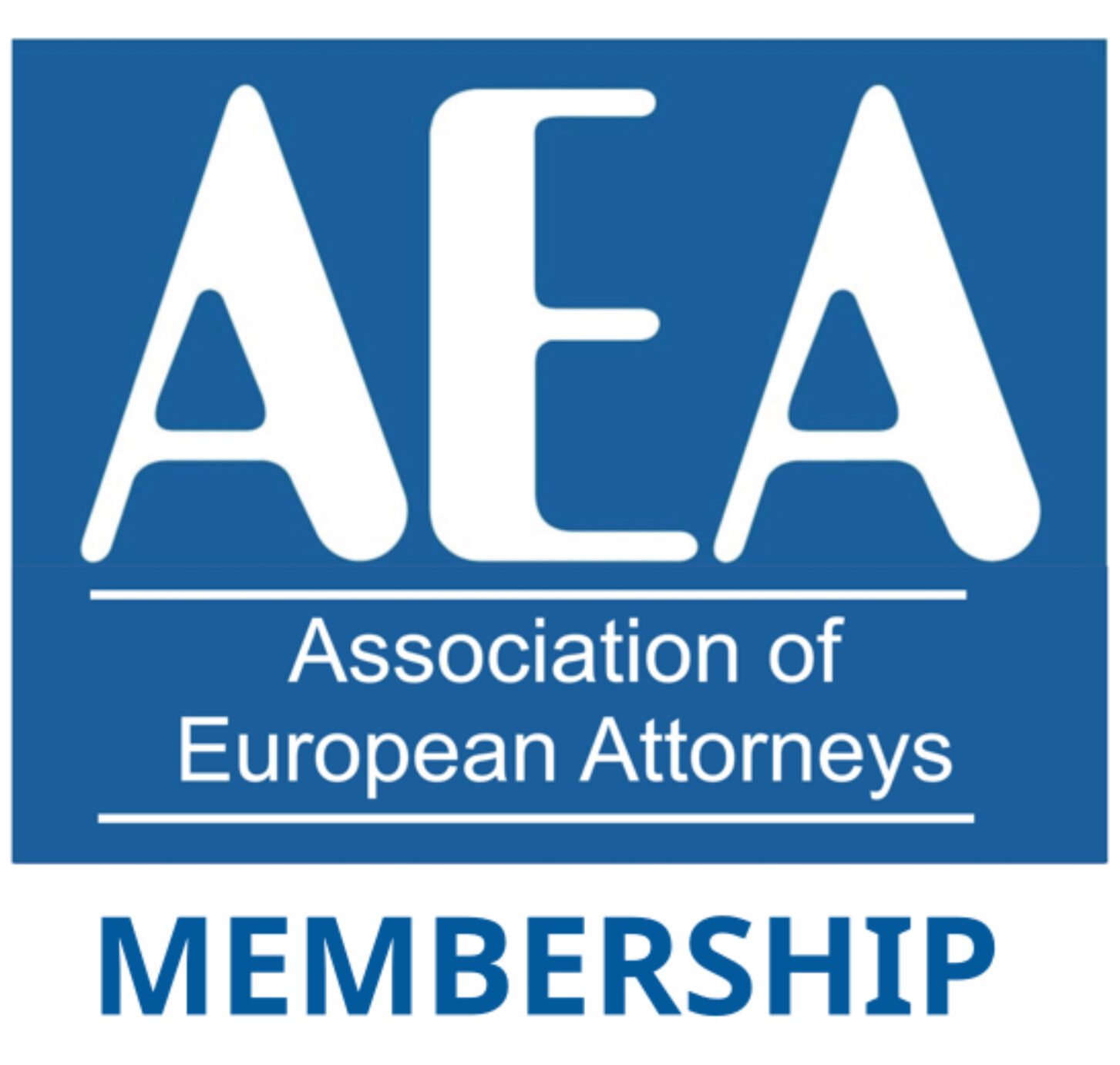Resolution ‘is an organisation of 6,500 family lawyers and other professionals in England and Wales, who believe in a constructive, non-confrontational approach to family law matters’. The toolkit that they have published is designed to assist members in identifying victims and how to approach the sensitive subject of female genital mutilation.
Despite FGM being a criminal offence in England and Wales, in April 2015 research published by the Health and Social Care Information Centre estimated that 137,000 women and girls were impacted. In order to help professionals tackle the problem, the toolkit includes advice on opening up the discussion, questions that can be asked and what warning signs flag up a potential victim. The guidance suggests that those that are vulnerable may only have one chance to ask for help therefore, it is imperative that the first occasion of addressing the issue is done in the right manner.
Cris McCurley, from Resolution’s Domestic Abuse Committee, said in a statement:
‘Sadly there are still thousands of women and girls in the UK who are at risk of FGM. Family lawyers can often be the only person FGM victims feel able to discuss their injuries with. In my experience, you never know when a disclosure of FGM might happen, so the toolkit is something I’d urge all family practitioners to have to hand, whether or not they consider themselves people who deal with issues around FGM. We may only have one chance to help so it’s vital that we’re prepared and I’m delighted that Resolution is supporting our members to do so with the publication of this toolkit.’
The advice in the toolkit includes:
- Try to start with information gathering questions before moving on to more intimate questioning. This will give the person time to settle and engage with you and their surroundings.
- Watch the body language and non-verbal responses carefully. Do the verbal answers tie up with their non-verbal language? If they don’t, use a follow-up acknowledgement, such as: ‘I can see that you found it difficult to answer, could you tell me a bit more about…’, or ‘I wonder if there is something else you need or want to say about that?’, or, ‘I’m just wondering if I might have missed something, is there something else you want to say?’
- Once you establish that a person is at risk and what the risk is, think about how you can best advice and support them. Remember that legal protection is just that and your client will need additional signposting to sources of help and support. If it is not safe for them to return to their home, please make sure that you have organised an appropriate next step beyond you and the legal protection you can put in place
To read the full toolkit, please visit the Resolution website.











